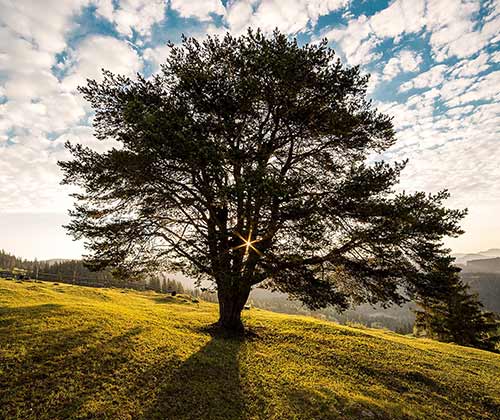Rural Property Mortgages
Get Mortgage Done

Mortgage Financing for Rural Acreage made easy.
For some, living in the country has extreme appeal. Peace and quiet, your own space, no nosy neighbors, beautiful setting, big home, a place to relax, raise the kids ... The list goes on. If you are considering acreage living, there's lots to read to make sure this lifestyle is a fit for you. Provided you are not planning to grow crops or raise animals for sale, financing a home in the country is quite similar to financing an urban home, with a few differences regarding the property itself.
Sometimes the distinction between a farm and an acreage property is blurry. Generally for residential lending, the acreage needs to be 10 acres or less, and the intended use of the property is residential (not a farming operation nor source of the applicant's income). Here's why... If the homeowner does derive their income from "farm land" it takes 12 months before the lender can start foreclosing on a delinquent borrower - that's a long time! Foreclosure law requires much less for residential lending, typically 3 months. So if you want to farm, you need to get a farm loan with a much bigger down payment, not a residential house loan.
Municipal zoning refers to what you are allowed to do with your land. If the property is zoned 'Country Residential' by the local municipality, that means residential not agri-business or commercial use, so this zoning designation makes it easy for the lender to say approved (no farming not allowed). If the zoning is "Agriculture", then lending gets tougher as farming would be a 'permitted use' for the land by the municipality. So residential mortgage lending rules restrict the financable size/value of an acreage zoned Agriculture (AG-Zoning), which serves to make it tough for the homeowner to earn a living wage off the land or at least forces the buyer to bring more down payment to the purchase as security for repayment.


